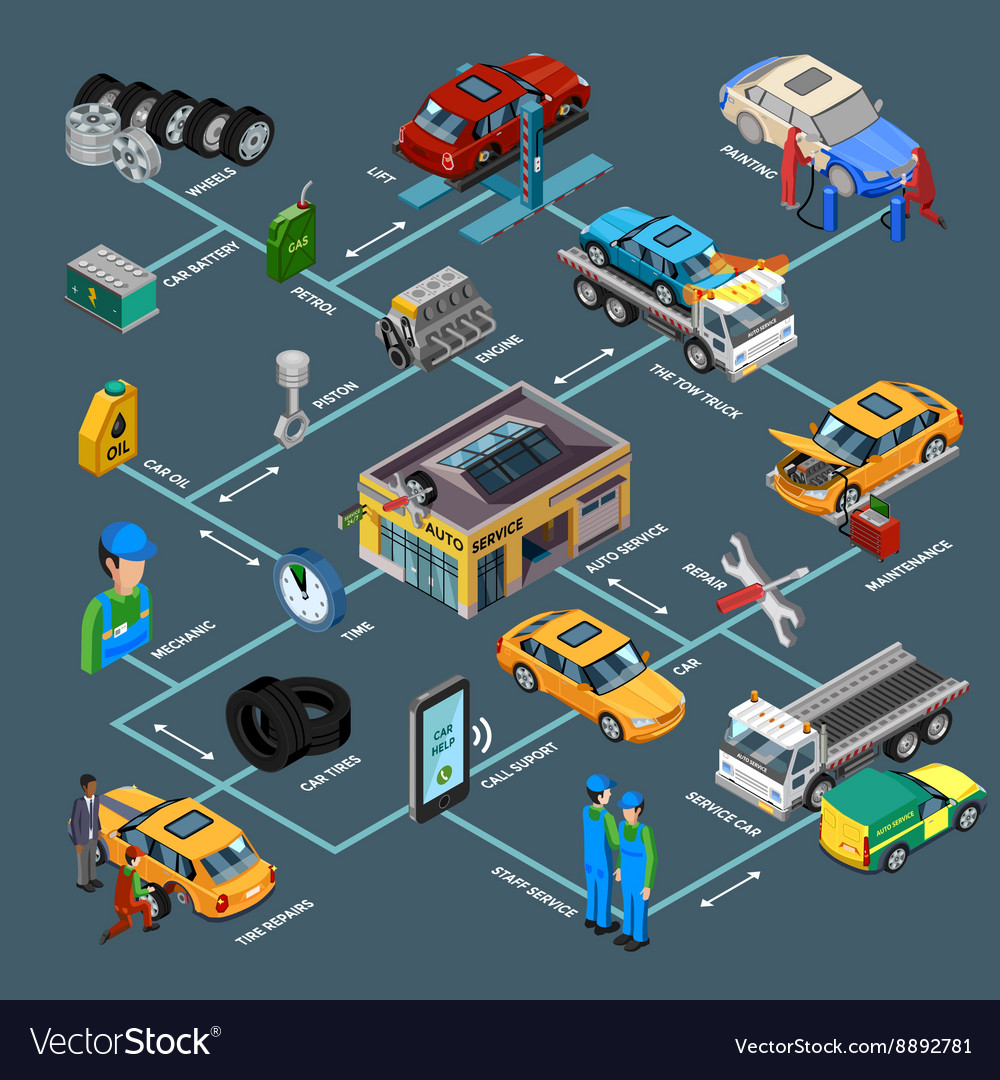Intend To Learn More About The Warning Lights On Your Control Panel? Uncover What They Suggest Regarding Your Automobile'S Health And Safety
Intend To Learn More About The Warning Lights On Your Control Panel? Uncover What They Suggest Regarding Your Automobile'S Health And Safety
Blog Article
Composed By-Termansen Winters
When you lag the wheel, those beautiful warning lights on your control panel can be a little bit bewildering. Do you understand what they're attempting to tell you regarding your vehicle's wellness? Recognizing the importance of these lights is crucial for your security and the longevity of your lorry. So, the following time among those lights turns up, would not you wish to analyze its message accurately and take the needed steps to resolve it?
Common Caution Lights and Interpretations
Determine common caution lights in your automobile and recognize their meanings to ensure risk-free driving.
The most typical warning lights consist of the check engine light, which indicates concerns with the engine or exhausts system. If this light begins, it's essential to have your automobile inspected immediately.
The oil stress cautioning light suggests low oil pressure, calling for prompt interest to avoid engine damage.
A blinking battery light may recommend a damaged billing system, possibly leaving you stranded if not resolved.
The tire pressure surveillance system (TPMS) light alerts you to low tire stress, affecting vehicle security and gas performance. Overlooking vehicle detailing services could lead to unsafe driving conditions.
cargroomingnearme suggests a problem with the anti-lock braking system, jeopardizing your capacity to stop promptly in emergencies.
Lastly, the coolant temperature warning light warns of engine overheating, which can cause severe damages if not fixed swiftly.
Understanding these typical caution lights will help you resolve issues immediately and preserve safe driving conditions.
Significance of Prompt Attention
Recognizing the typical caution lights in your car is only the primary step; the relevance of promptly addressing these cautions can not be stressed enough to guarantee your safety when driving.
When a caution light illuminates on your control panel, it's your auto's way of communicating a potential concern that requires attention. Overlooking these warnings can result in a lot more serious problems down the road, compromising your security and possibly costing you more out of commission.
Motivate focus to cautioning lights can stop malfunctions and mishaps. For example, a flashing check engine light can show a misfire that, if left neglected, could create damage to the catalytic converter. Resolving this promptly can save you from a costly repair work.
In a similar way, a brake system advising light could signal reduced brake fluid or used brake pads, important components for your security when driving.
Do It Yourself Troubleshooting Tips
If you observe a caution light on your control panel, there are a few DIY fixing tips you can attempt prior to looking for specialist aid.
The first step is to consult your auto's guidebook to understand what the specific warning light indicates. Often the problem can be as simple as a loose gas cap causing the check engine light. Tightening up the gas cap may resolve the trouble.
Another usual concern is a reduced battery, which can set off different alerting lights. Examining the battery connections for rust and guaranteeing they're protected may fix the trouble.
If a warning light continues, you can try resetting it by separating the auto's battery for a couple of minutes and after that reconnecting it. Additionally, inspecting your automobile's fluid degrees, such as oil, coolant, and brake fluid, can assist repair warning lights connected to these systems.
Final thought
To conclude, comprehending your car's caution lights is crucial for keeping your car running efficiently and safely. By promptly dealing with these alerts and knowing what they mean, you can stay clear of costly repairs and prospective breakdowns.
Bear in mind to consult your vehicle's manual for particular information on each cautioning light and do something about it accordingly to make sure a hassle-free driving experience.
Keep educated, stay safe on the road!
